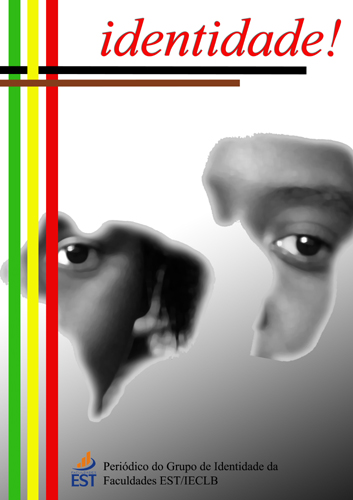The national curriculum guidelines for quilombola school education
a necessary break of traditional paradigms
Keywords:
Maroon education, Teaching, Law 10,639, Curriculum guidelinesAbstract
The Brazilian school education was born under the auspices of exclusion. The education provided by the Jesuits aimed at a small segment of the population and summed up to the formation of religious or prepare individuals for public administration/particular the European manner. This system was jettisoned blacks, Indians, settlers poor mestizos and most women. When the state assumed responsibility for school education has changed little. The school access remained restricted mainly to blacks, Indians and poor. Even in the era of industrialization, when it was necessary to 'train' workers for the factories, the State did not bother with the emancipation of the poor, slum dwellers and excluded. The reforms enacted in the laws that governed the Brazilian education have not gone adjustments, compatible with the interests of the elite national or foreign capital. Undoubtedly, the major change occurred with the enactment of Law 10.639/03, which caused unrest in schools, universities and publishers. In 2012 came the National Curriculum Guidelines for School Education Quilombo, which represents the victory of the excluded, because they were born at the base, from the desire of black communities. A Revolution in Brazilian education because it values the knowledge, traditions, cults, cultural heritage of black communities, unacceptable in other seasons.
Downloads
Published
How to Cite
Issue
Section
License

This work is licensed under a Creative Commons Attribution-NonCommercial-NoDerivatives 4.0 International License.


